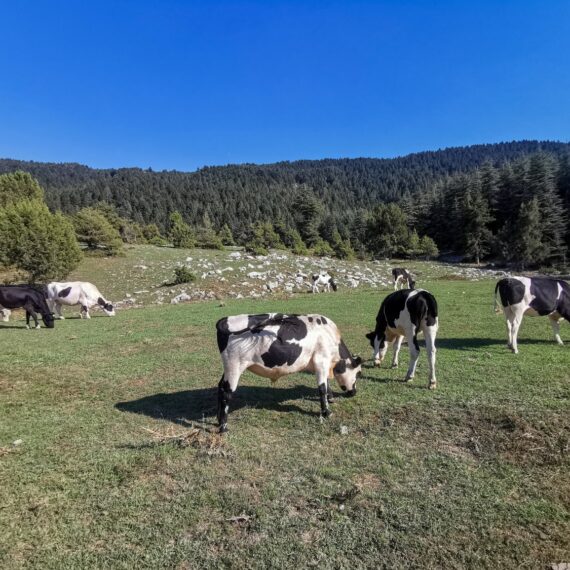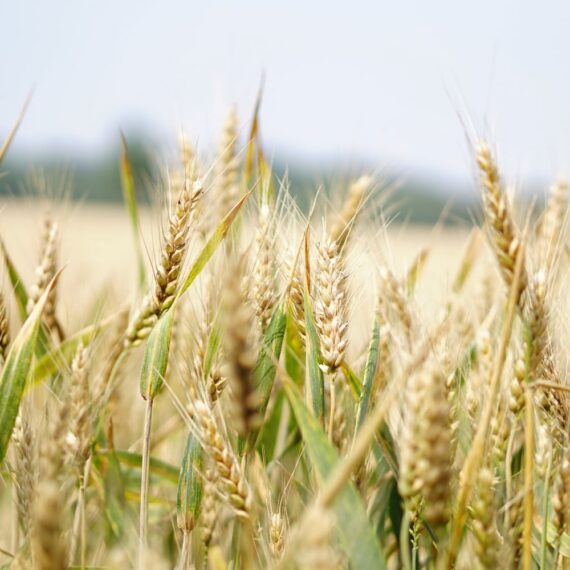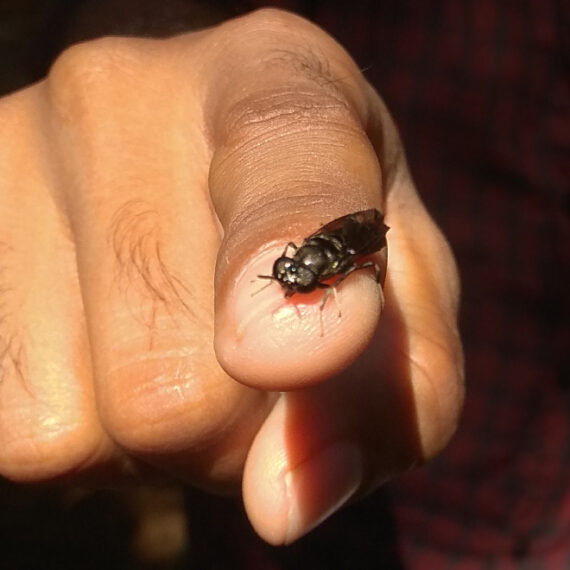It is estimated that agriculture and food production contribute approximately one-quarter of the total greenhouse gas emissions. (World Watch Institute, 2009; IPCC, 2014). Half of this can be connected to protein production in food sector. Enormous amount of biodiversity loss is also associated to today’s food production sector which includes livestock farming and inefficient food systems. Huge acres of forests are cleared for converting into agriculture land as well as to graze cattle. Livestock farming holds a lion’s share in global food consumption. The feed production and processing associated with this sector accounts for the rise in greenhouse gas emissions making the process of achieving net zero even difficult.

Agricultural reforms are required to achieve net zero emissions
Even though the massive aspects of greenhouse gas emissions like electricity, usage of fossil fuels, transportation, pollution need to be addressed, the climate impact fostered by agriculture sector cannot be ignored. Dealing with the land use, biodiversity loss, food and feed production, inefficient food systems, rise in the global food waste all significantly affect the target of net zero emissions. This indicates that net zero can’t be achieved without managing the food production sector. .
Reaching net zero requires developing efficient and healthy food systems in a sustainable manner with low or no food waste at all. A transition to sustainable protein production can be a revolutionary step in food production. The role of plant-based alternative foods and switching to alternative proteins comes to play at this stage. A better food resilience helps us to well manage the impacts of climate change and carbon emissions.

How does choosing alternative proteins help in this?
Switching to alternative proteins is a radical step towards achieving net zero aims. They play a significant role in meeting the global protein requirements by reducing the greenhouse gas emissions from the current inefficient food systems. It also mitigates various other issues like climate change, improper land usage, biodiversity loss all with achieving global food security and nutrition. The carbon footprint of food is considerably reduced by choosing these alternative proteins.
Are insects a safe and alternative form of sustainable animal protein?
Protein is a basic nutritional component in the food production sector. It’s also an important constituent in the animal feeds. Insects are considered as an alternative with high-protein content and can be produced in a sustainable manner. The use of land, water and other resources are less when compared to other forms of protein production. Black soldier fly or Hermetia illucens is the commonly used insect in animal feed production.

Black soldier flies are bio-converters which can consume organic waste and convert them into high-quality protein thus adding value to low value by-products. They are given bio waste and the black soldier fly larvae consume those waste and within a short span of 2 weeks, they are ready to be harvested as protein-rich insect meal. Either they can be used directly as poultry and livestock feed or used as a component in feed preparation after the extraction process.
The dried bsf larvae are rich in protein, minerals, essential amino acids and fatty acids which makes them a highly reliable alternative. They can be used as livestock feed, poultry feed, fish feed, pet food and feed for ornamental birds. They are safe to use and also yields higher productivity rates. The incredible capability of converting bio-waste into consumable protein makes insect farming more attractive and a profitable business. Upcycling food waste into useful products helps in addressing the food waste management issue as well as promotes better efficient food systems thus helps in achieving the target of net zero emissions.
Recent Comments
If you have any questions or need help, feel free to contact with our team.
Rural Apparel Park
Thalikkulam Vikas Trust
Thrissur, 680569






